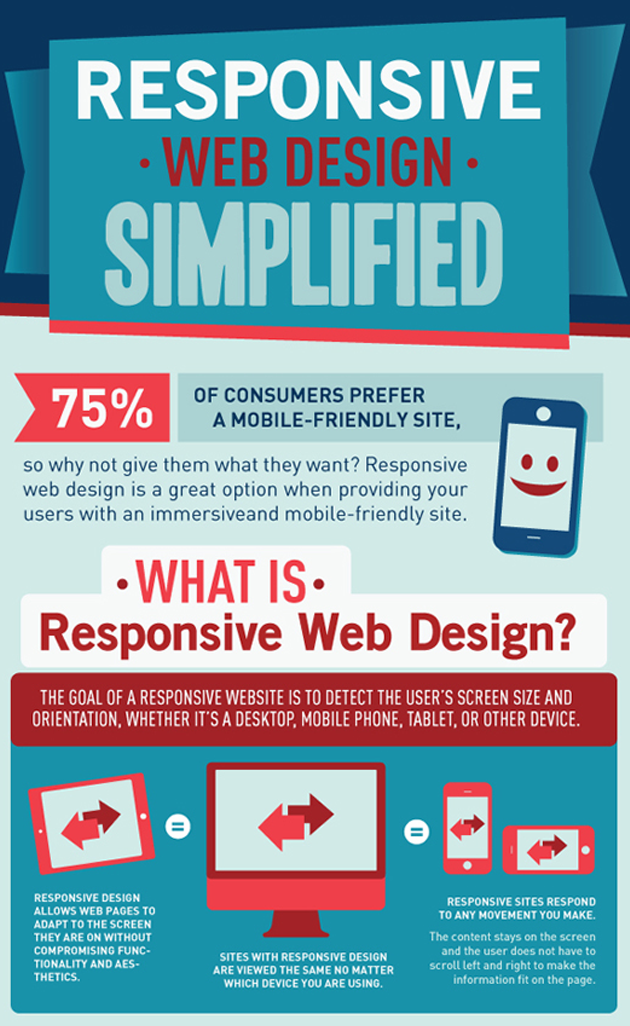Join Us As We Start A Trip Via Time, Discovering The Evolution Of Website Design And Exactly How It Has Impacted The Digital Landscape
Join Us As We Start A Trip Via Time, Discovering The Evolution Of Website Design And Exactly How It Has Impacted The Digital Landscape
Blog Article
relevant webpage -Johansen Dodson
In the past, sites were simple and concentrated on information. Navigation was straight, and style was for desktops. Now, customer experience is key. Data guides styles for easy navigating. Receptive designs fit different gadgets. Today, dark mode minimizes pressure, and minimal menus boost navigating. Interactive functions involve individuals, and vibrant visuals stand apart. AI assimilation improves interaction. See just how style has developed to boost your on the internet journey.
Early Days of Web Design
In the very early days of web design, simplicity preponderated. Websites were fundamental, with restricted colors, typefaces, and designs. The emphasis got on offering info as opposed to fancy visuals. Users accessed the internet with slow-moving dial-up connections, so rate and capability were crucial.
Navigating food selections were straightforward, commonly located on top or side of the web page. Internet sites were made for desktop computers, as mobile surfing wasn't yet common. Web content was king, and developers focused on very easy readability over complicated style components.
HTML was the key coding language utilized, and designers needed to function within its restraints. Animations and interactive features were minimal contrasted to today's criteria. Websites were fixed, with little vibrant web content or tailored customer experiences.
Increase of User-Focused Style
With the development of internet site design, a change towards user-focused layout principles has actually become progressively noticeable. Today, creating sites that prioritize user experience is important for involving visitors and achieving company objectives. User-focused design entails comprehending the demands, preferences, and actions of your target audience to customize the internet site's layout, content, and features as necessary.
Designers currently conduct comprehensive study, such as user studies and usability testing, to gather insights and comments directly from individuals. This data-driven method aids in developing instinctive navigating, clear calls-to-action, and visually enticing user interfaces that reverberate with visitors. By positioning the user at the center of the style procedure, sites can deliver an extra personalized and pleasurable experience.
Responsive design has actually additionally emerged as a vital element of user-focused style, making certain that web sites are optimized for numerous tools and display sizes. This versatility boosts ease of access and usability, dealing with the varied means individuals connect with websites today. Fundamentally, https://internetmarketingsquaresp40517.ourcodeblog.com/30013366/very-carefully-choose-a-digital-marketing-agency-for-your-company-by-considering-your-goals-funds-and-expertise-of-the-sector-discover-more-to-achieve-success of user-focused layout indicates a change in the direction of producing electronic experiences that focus on the demands and expectations of completion user.
Modern Trends in Web Design
Explore the latest fads shaping web design today. https://milovqkey.techionblog.com/29903211/dive-into-the-art-of-crafting-attention-grabbing-ad-duplicate-with-impactful-headlines-and-persuasive-ctas-to-drive-ppc-success is dark setting style, providing a sleek and modern-day look while lowering eye stress in low-light environments. Another vital fad is minimalist navigating, simplifying food selections and boosting user experience by concentrating on essential elements. Integrating micro-interactions, such as animated switches or scrolling impacts, can create a more appealing and interactive site. Responsive layout continues to be essential, ensuring seamless customer experiences throughout different devices. Additionally, making use of vibrant typography and unbalanced formats can add aesthetic rate of interest and draw attention to specific content.
Integrating siteimprove ada compliance , like chatbots for consumer support or personalized referrals, enhances user engagement and simplifies processes. Accessibility has also come to be a significant fad, with developers focusing on comprehensive style techniques to cater to varied customer needs. Welcoming sustainability by enhancing internet site efficiency for rate and effectiveness is another emerging pattern in website design. Collaborating with user feedback and information analytics to iterate and enhance design continuously is crucial for staying relevant in the ever-evolving electronic landscape. By accepting these modern-day fads, you can develop an aesthetically appealing, easy to use internet site that resonates with your target market.
Verdict
As you review the development of website design from the very early days to now, you can see exactly how user-focused design has ended up being the driving pressure behind modern patterns.
Accept the trip of modification and adjustment in website design, always maintaining the user experience at the center.
Remain present with the most up to date fads and modern technologies, and never ever quit progressing your strategy to create aesthetically stunning and straightforward web sites.
Progress, adapt, and develop - the future of web design remains in your hands.
